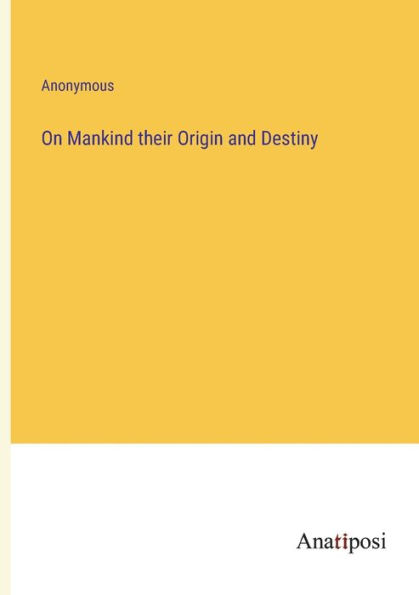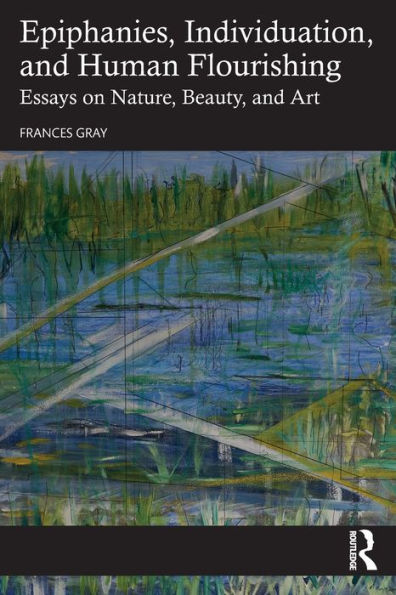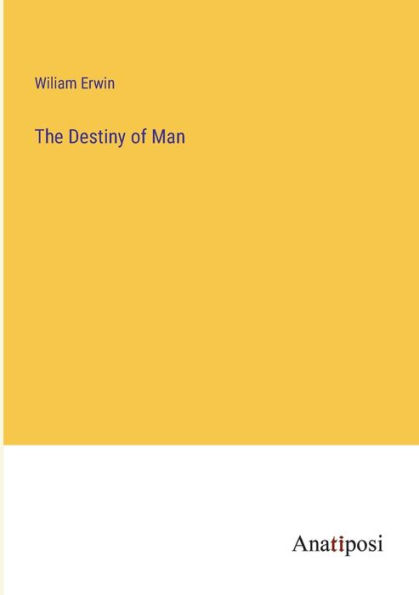Home
Nature's Finer Forces: and Their Influence on Human Life and Destiny
Barnes and Noble
Nature's Finer Forces: and Their Influence on Human Life and Destiny
Current price: $17.95


Barnes and Noble
Nature's Finer Forces: and Their Influence on Human Life and Destiny
Current price: $17.95
Size: OS
Loading Inventory...
*Product information may vary - to confirm product availability, pricing, shipping and return information please contact Barnes and Noble
When Rama Prasad says, "The Tejas Tattva of the ancients is then exactly the luminiferous ether of the moderns, so far as the nature of the vibration is concerned," it is clear that he is attempting to frame his discussion of the Tattvas within a scientific discourse that would have been familiar to his readers at the time. This is evident from the outset of the discussion. Even though the term "luminiferous ether" is familiar from the 19th-century physics course, Aristotle was the first to suggest that ether be considered one of the five elements. It is not difficult to understand how the Indian idea of kâsha rapidly became associated with ether, even though Rama Prasad asserts that this is an inappropriate identification. In the middle of the 19th century, the concept of the ether gained widespread acceptance among physicists. Perhaps more importantly for this discussion, the ether was also important for anyone, including theologically inclined scientists and occultists, as it served as a medium of cosmic reconciliation between the visible and the invisible; it was a method of comprehending the interconnectedness of all phenomena. After some time, ether came to represent a cosmos that functions according to natural rules, as well as the idea that all phenomena, including economics, are subject to the same natural laws.







![Discerning Forces [1]](https://prodimage.images-bn.com/pimages/4251267703562_p0_v1_s600x595.jpg)










